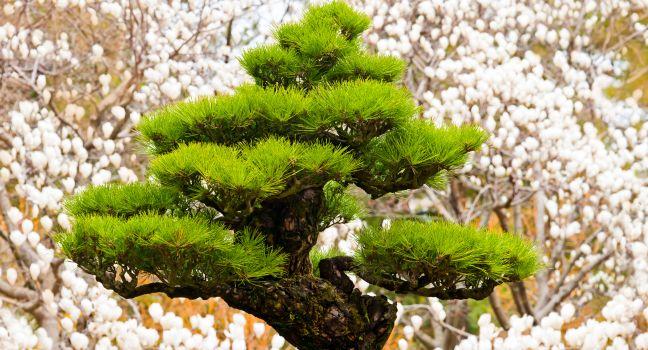63 Square and Art Gallery
When the 63 Square building was constructed in the 1980s, it was the tallest building in Asia. While it no longer claims that accolade (it now belongs to Dubai's Burj Khalifa), the gold-tinted, 63-story skyscraper is Seoul's seventh tallest. The former observation deck on the 60th floor has been converted into the 63 Art Gallery, which claims to be the world’s highest art space. The modern, rotating installations are made all the more striking by the floor-to-ceiling windows with birds’ eye views of the skyline, the Han River, and N Seoul Tower as a backdrop. In addition to the gallery, there’s also a cafe on the 60th floor, while the 57th through 59th floors are home to high-end restaurants.




